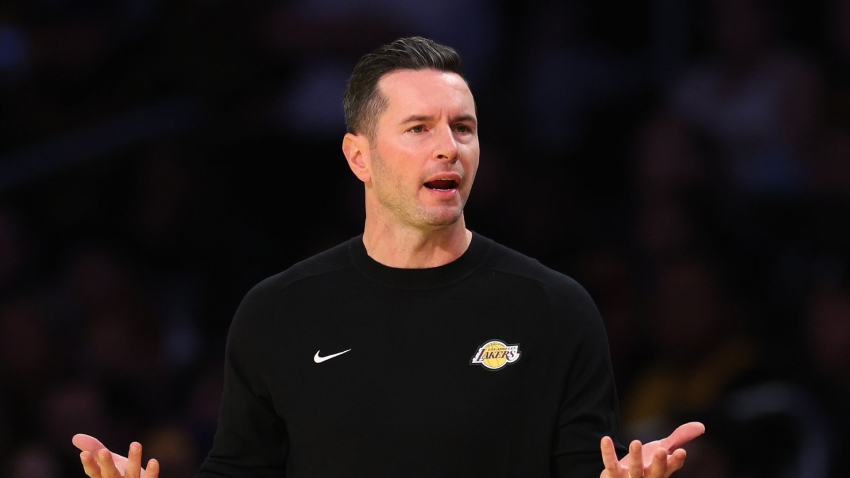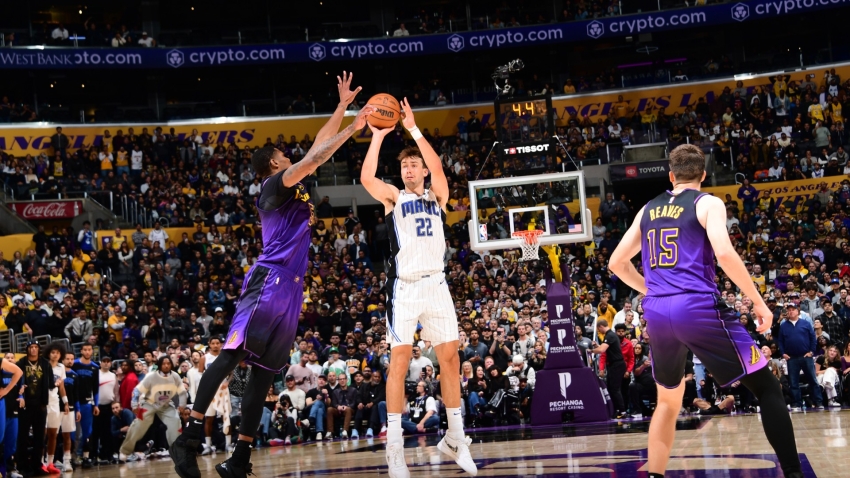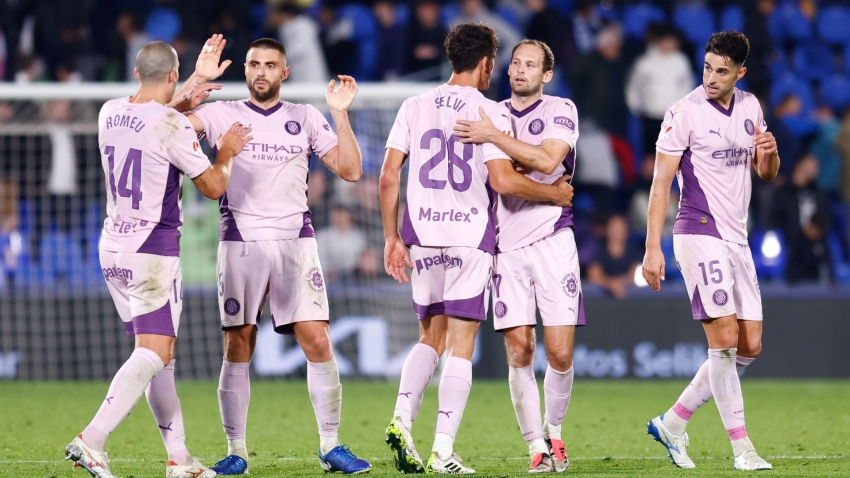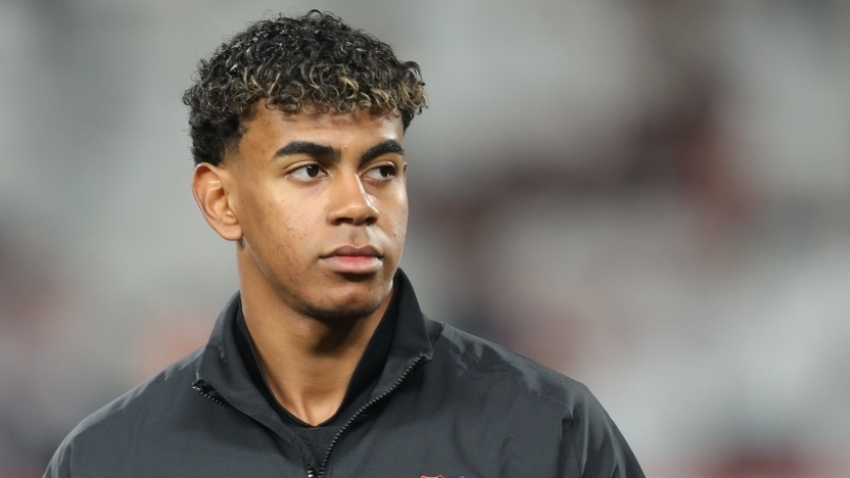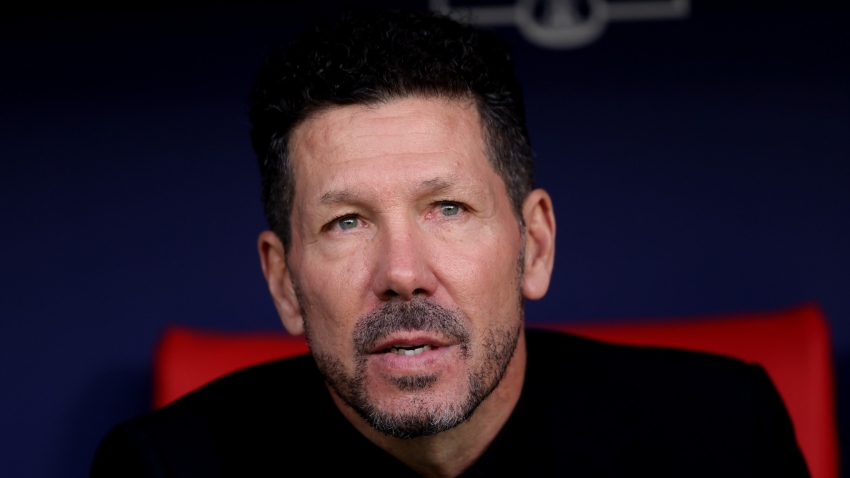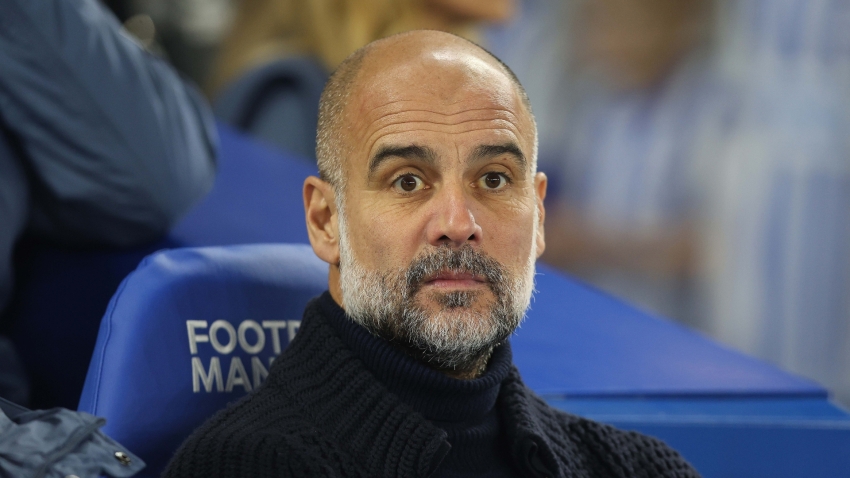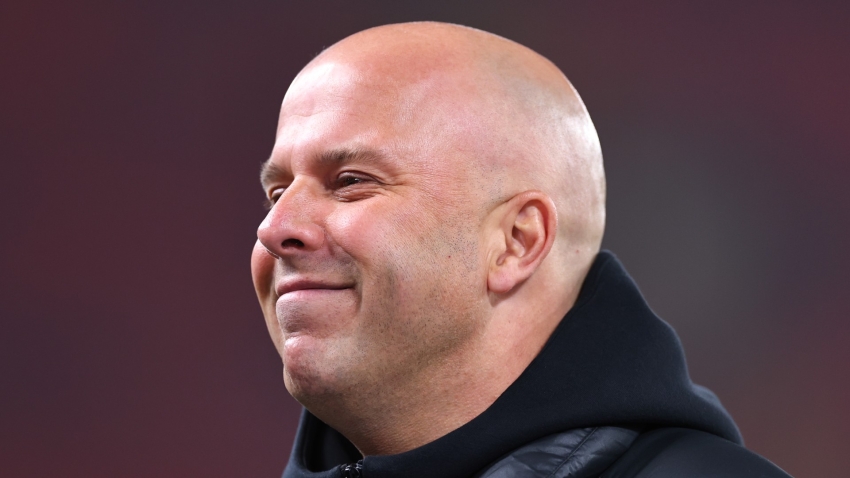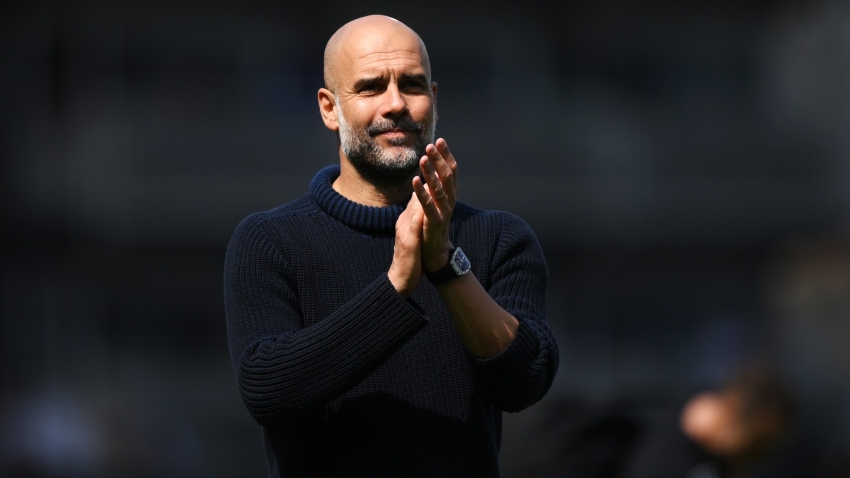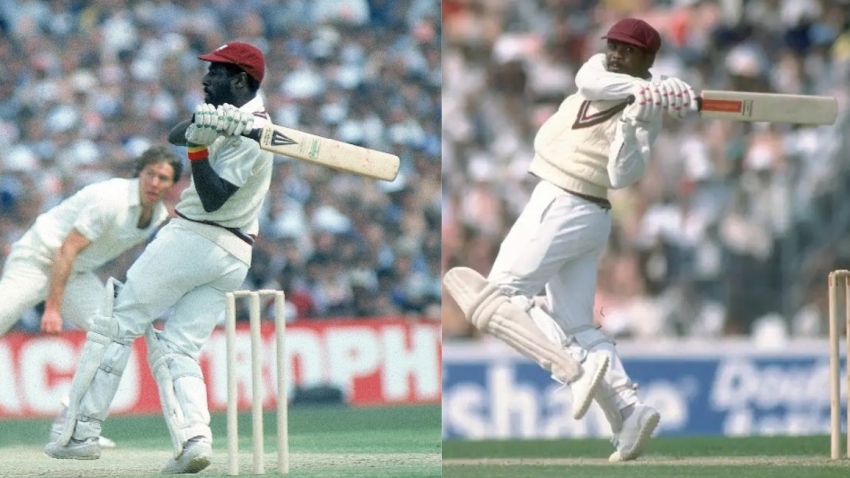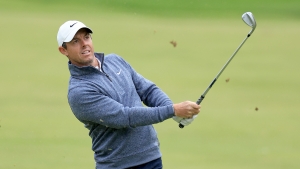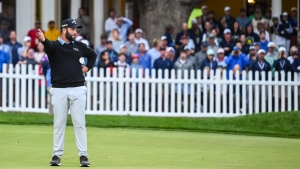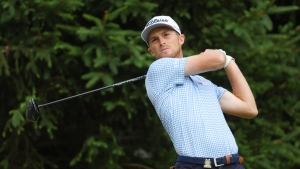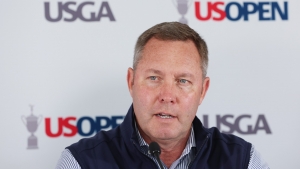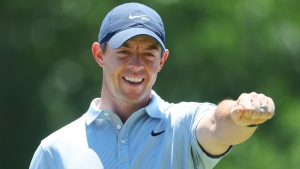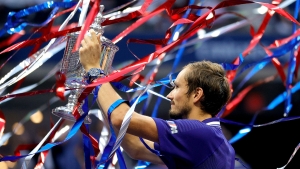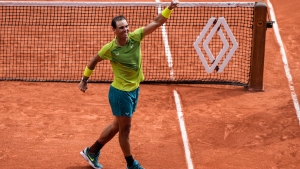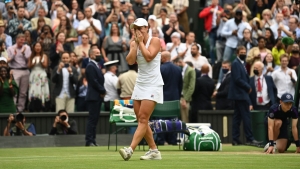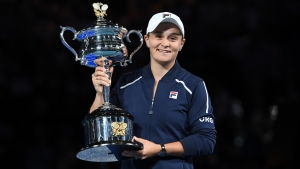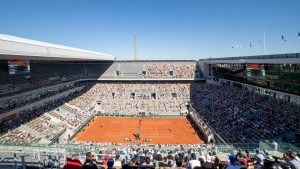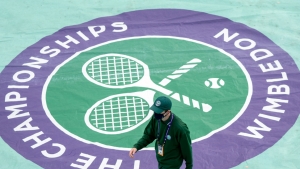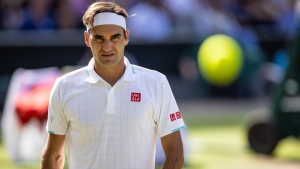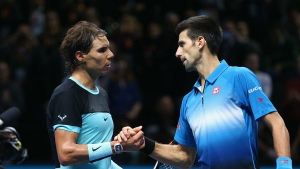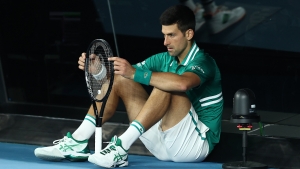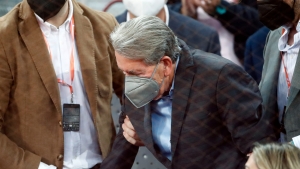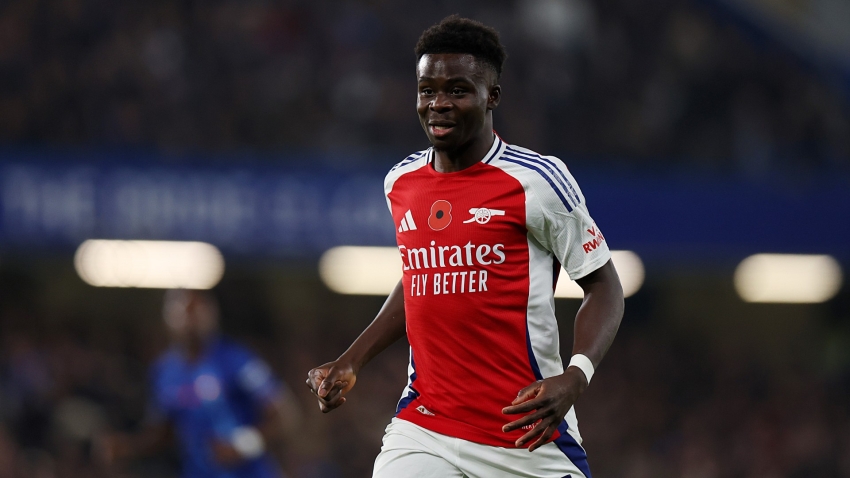Rory McIlroy has always seemed to possess an older head on young shoulders.
Indeed, when the Northern Irishman burst onto the scene in 2009, his success belied his inexperience.
His first major title came at the 2011 U.S. Open, as he finished eight strokes clear of Jason Day at Congressional Country Club in Maryland. Three more followed in the space of three years; two at the US PGA Championship and one at The Open.
It has been eight years since McIlroy claimed a major honour, but heading to The Country Club in Brookline, Massachusetts, the 33-year-old's form is as strong as it has been since he lifted his second US PGA title in 2014.
And in recent months, McIlroy has been seen as one of the voices of reason amid the emergence of the LIV Golf Invitational, which started in London last week.
Charl Schwartzel won the inaugural event of the Saudi Arabia-backed breakaway competition, which has drawn the likes of Phil Mickelson, Sergio Garcia, Dustin Johnson and Bryson DeChambeau.
"If it keeps going the way it's going, it's going to fracture the game – sorry, it's going to fracture the game more than it already is," McIlroy, desperate to focus on his own game this week, told Sky Sports on Tuesday.
"The professional world in golf has already been fractured, there's so many different tours, so many different things to follow, and I've always been an advocate of trying to make it more cohesive and try to get people to work together more. This is ripping that apart.
"It's certainly a burden I don't need. But I have pretty strong views on the subject and I don't think it would be right for me to have these strong opinions and not share them."
Perhaps what golf needs more than ever right now is a unifying force that both players and fans can get behind. McIlroy might present just that.
Rory reinvigorated
It has been a brilliant year so far for McIlroy. According to official PGA Tour statistics, he ranks first for scoring average (68.842), top for strokes gained: tee-to-green (1.888) and strokes gained total (2.282), while he also comes in third for driving distance (319.1 metres) and strokes gained off-the-tee (.913) so far this season.
That form has resulted in six top-10 finishes, including his second place at the Masters in April, which came courtesy of a bogey free 64 in the final round, and his victory at the Canadian Open last week.
Defending his Canadian Open crown will have given McIlroy a timely boost heading to Massachusetts, following on from his eighth place at the US PGA Championship last month. He is in fine fettle, but needs to overcome his major hoodoo...
Getting over the line
Four major titles in the space of four years seemed to have paved the way for McIlroy to go on and join the true greats of golf, but it has not quite been that way.
Since winning the U.S. Open in 2011, McIlroy has failed to make the cut on four occasions at this major, though has recorded top-10 finishes in each of the last three editions of the tournament.
His best result at any of the majors since 2014 came at Augusta earlier this year, but as we have seen in other tournaments on the circuit, McIlroy has been known to squander strong positions, and he might even prefer to be in the chasing pack come Sunday.
In January 2021, McIlroy held the 54-hole lead at the Abu Dhabi Championship, but a final-round 72 saw him finish third. He finished five shots back from the winner and it was a similar story at the DP World Tour Championship in December, when he missed the chance to become the first player to win the event for a third time, giving up a last-day lead to finish five behind Collin Morikawa.
Composure will be key for McIlroy this time around, should he be in contention.
A date with fate?
It might just be a coincidence, but fate is a funny old thing, and Sunday will mark 11 years to the day since McIlroy won his first major, when he claimed the U.S. Open so convincingly.
Another iron in McIlroy's fire could be that his win at the Canadian Open moved him onto 21 PGA Tour titles, edging him ahead of LIV Golf chief executive Greg Norman. Going on to seal his second U.S. Open triumph, 11 years since he claimed his first, would be a fitting way for McIlroy to prove he is on the right side of this particular divide.
Now, he just has to go out and perform.


